Costa Rica, often referred to as the “Switzerland of Central America,” is a small yet remarkable country nestled between Nicaragua to the north and Panama to the south. Renowned for its commitment to environmental conservation, political stability, and high quality of life, Costa Rica stands out as a beacon of peace and progress in the region. In this comprehensive exploration, we’ll delve into the essence of Costa Rica, covering its geography, history, culture, economy, and current affairs.
Geography:
Costa Rica’s geography is diverse and stunning, encompassing lush rainforests, towering mountains, pristine beaches, and active volcanoes. The country is located on the narrow isthmus connecting North and South America, with the Pacific Ocean to the west and the Caribbean Sea to the east.
The backbone of Costa Rica is formed by the Central American Cordillera, a volcanic mountain range that runs from northwest to southeast. This rugged terrain includes several active volcanoes, such as Arenal, Poás, and Turrialba, which attract tourists and scientists from around the world.
Costa Rica is also home to dense rainforests and cloud forests, which harbor an incredible diversity of plant and animal species. National parks such as Corcovado, Manuel Antonio, and Tortuguero protect vast swaths of pristine wilderness, providing habitats for jaguars, sloths, toucans, and countless other species.
The country’s Pacific and Caribbean coasts are lined with white sandy beaches, coral reefs, and mangrove forests, offering world-class opportunities for surfing, snorkeling, diving, and wildlife watching.
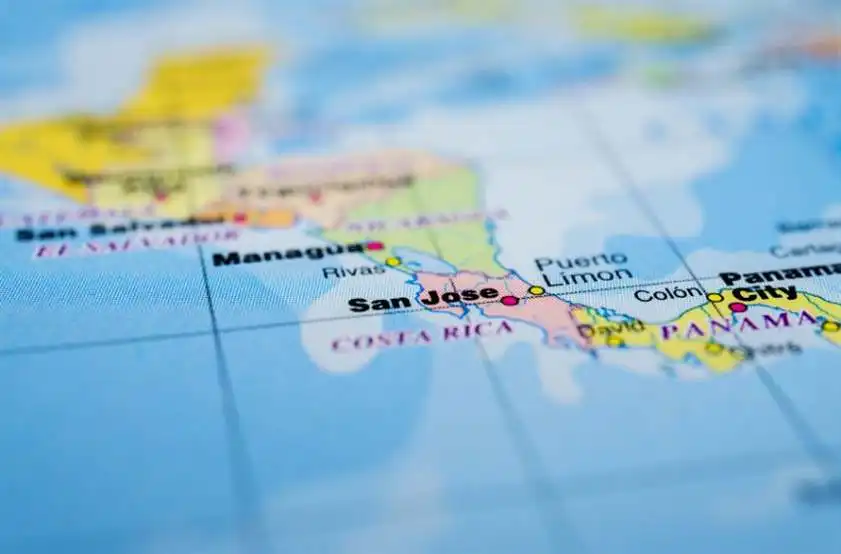
History:
Costa Rica’s history is shaped by its indigenous heritage, Spanish colonization, and struggles for independence and democracy. Before the arrival of Europeans, the region was inhabited by indigenous peoples such as the Chorotega, Huetar, and Bribri, who had established thriving societies and cultural traditions.
In 1502, Christopher Columbus landed on the shores of present-day Costa Rica during his fourth and final voyage to the Americas. The Spanish began to colonize the region in the early 16th century, establishing settlements such as Cartago and San José and introducing Christianity, the Spanish language, and European customs and laws.
Costa Rica gained independence from Spain in 1821 and briefly became part of the Mexican Empire before joining the United Provinces of Central America. In 1838, Costa Rica declared its independence from the federation and became a sovereign nation with its own government and constitution.
The country’s modern history has been marked by political stability, social progress, and a commitment to peace and democracy. Costa Rica abolished its army in 1948 and has since invested heavily in education, healthcare, and environmental conservation, earning it a reputation as a model of sustainable development and progressive governance.
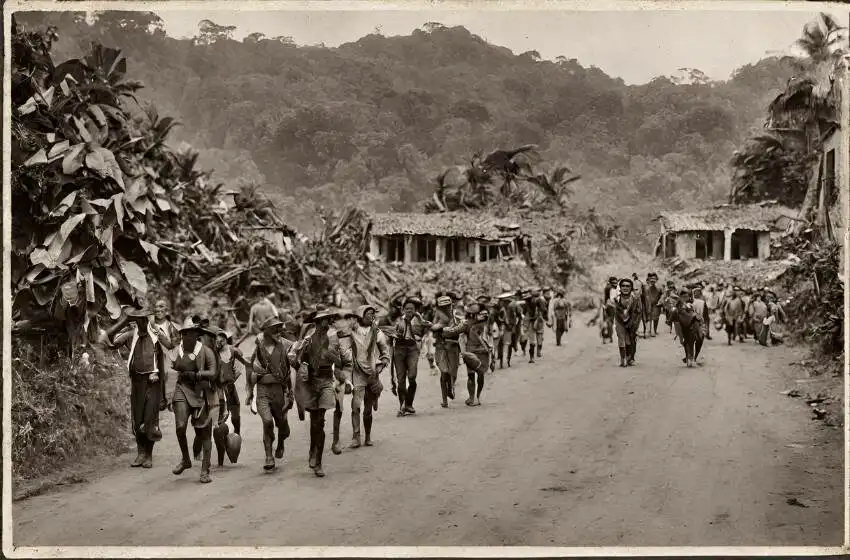
Culture:
Costa Rican culture is a vibrant blend of indigenous, European, African, and mestizo influences, reflected in its music, dance, art, literature, and cuisine. The country’s diverse cultural heritage is celebrated through colorful festivals, traditional rituals, and a strong sense of national identity.
Music is an integral part of Costa Rican culture, with genres such as cumbia, salsa, and merengue enjoying widespread popularity. Traditional instruments such as the marimba, guitar, and drums are commonly used in folk music, while modern styles such as reggaeton and hip-hop are also popular.
Dance is also a cherished tradition in Costa Rica, with styles such as salsa, bachata, and merengue being performed at festivals, celebrations, and social gatherings throughout the country. Traditional dances often incorporate elements of indigenous, African, and European culture, reflecting Costa Rica’s multicultural heritage.
Costa Rican cuisine is diverse and flavorful, with dishes such as gallo pinto, casado, and ceviche showcasing the country’s culinary traditions. Staples such as rice, beans, plantains, and corn are commonly used in Costa Rican cooking, while meats, seafood, and tropical fruits add variety and depth to the cuisine.
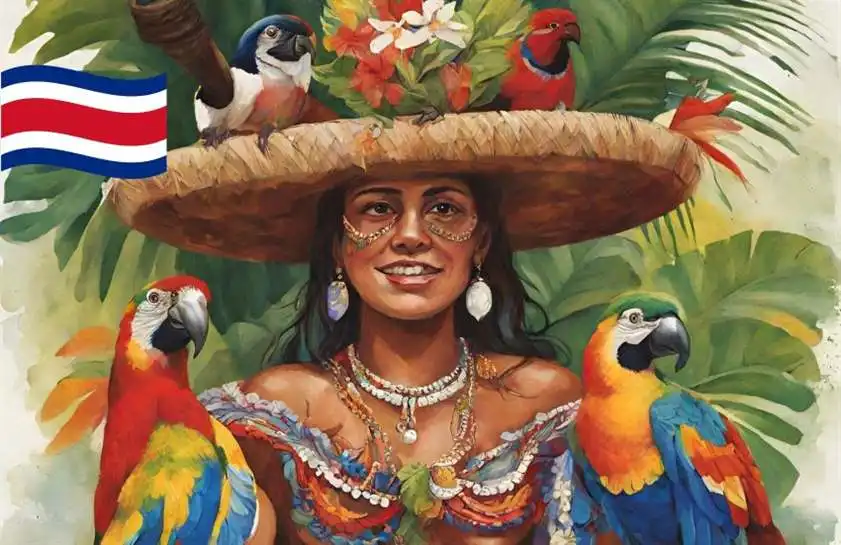
Economy:
Costa Rica has a mixed economy with a diverse range of industries, including agriculture, manufacturing, services, and tourism. The country is one of the world’s largest producers of coffee, as well as a major exporter of bananas, pineapples, and medical devices.
Agriculture is a significant contributor to Costa Rica’s economy, employing a large portion of the population and generating export revenue. The country’s fertile soil, favorable climate, and abundant water resources make it well-suited for a wide variety of crops, including fruits, vegetables, and ornamental plants.
Manufacturing has emerged as a key driver of economic growth in Costa Rica, with industries such as electronics, textiles, and food processing playing important roles. The country’s strategic location, access to international markets, and favorable trade agreements have attracted foreign investment and facilitated economic development.
Tourism is also an important sector of Costa Rica’s economy, with the country’s natural beauty, cultural heritage, and eco-tourism attractions attracting visitors from around the world. Popular destinations include the Monteverde Cloud Forest Reserve, the Arenal Volcano, and the beaches of Guanacaste, which offer a wide range of outdoor activities, cultural experiences, and adventure tourism opportunities.
UNESCO World Heritage Sites
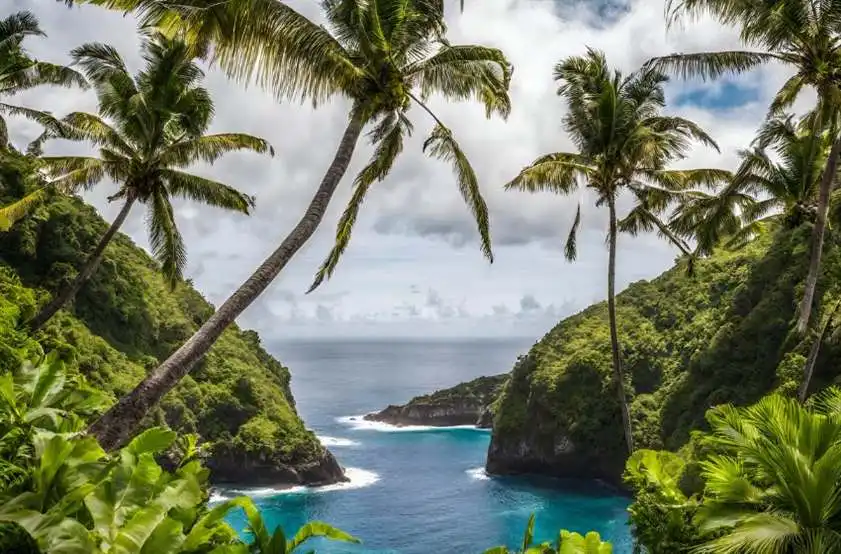
The most striking curiosities that make unique:
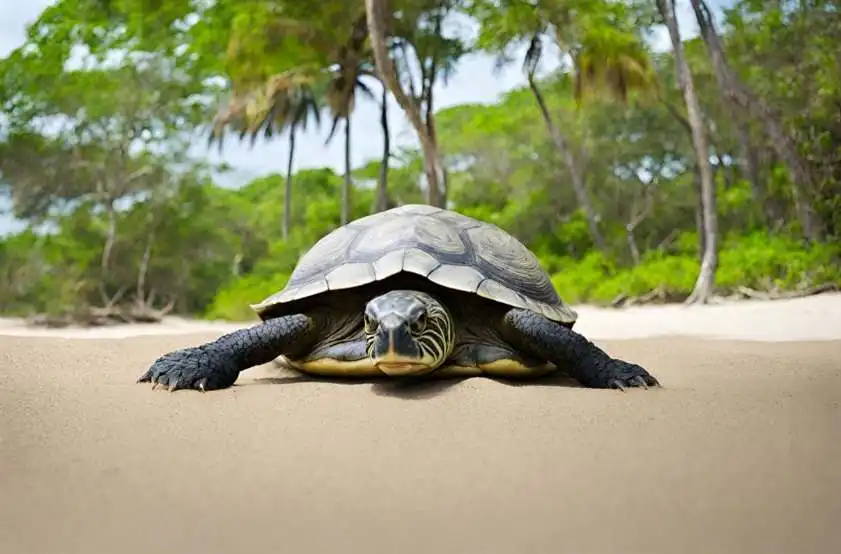
The most touristically renowned places:
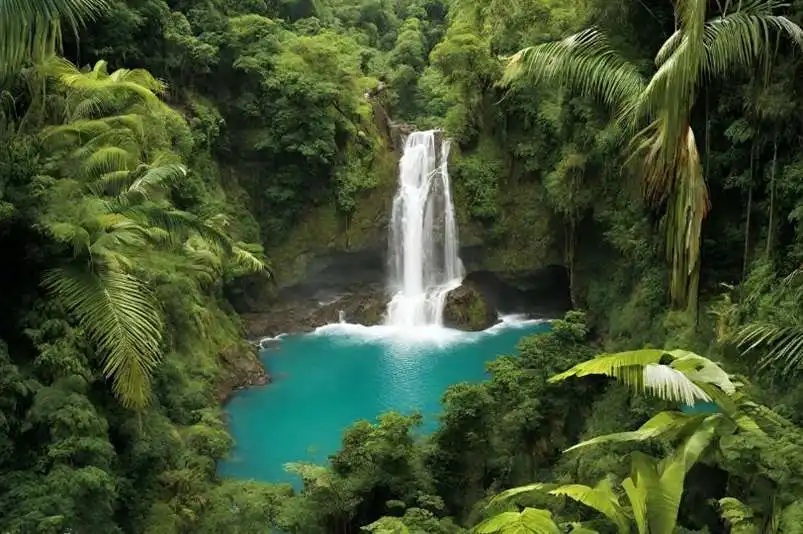
Conclusion:
Costa Rica’s story is one of resilience, diversity, and transformation, as the country navigates the challenges and opportunities of the 21st century. Its rich cultural heritage, diverse landscapes, and forward-thinking policies make it a unique and inspiring place to explore. As Costa Rica continues on its journey of growth and development, it faces numerous challenges and uncertainties, from addressing environmental conservation and social inequality to promoting economic prosperity and democratic governance. Despite the complexities and hardships, Costa Rica’s spirit of innovation, sustainability, and optimism shines brightly, inspiring both its citizens and the world at large.






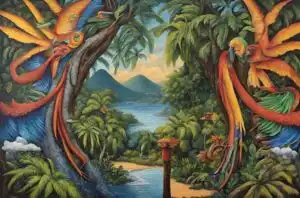
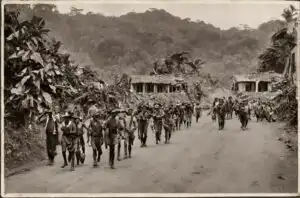



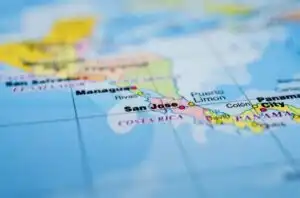
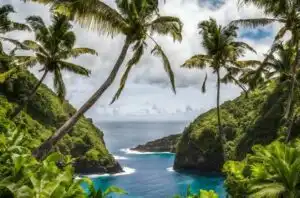
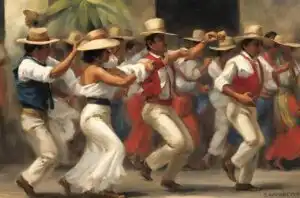

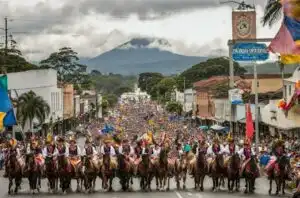




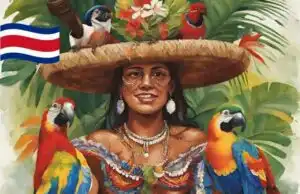
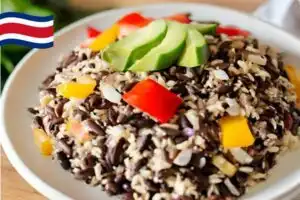


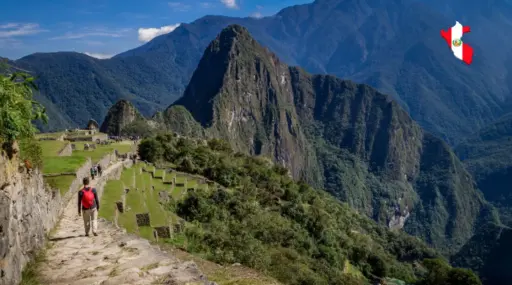





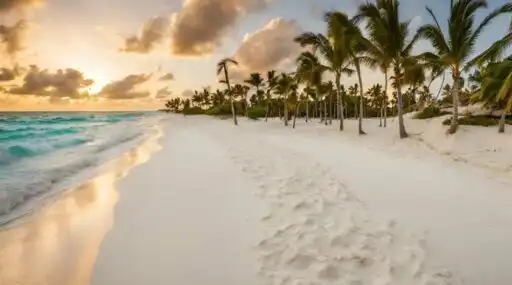


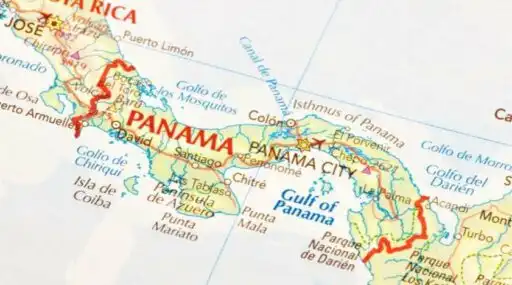
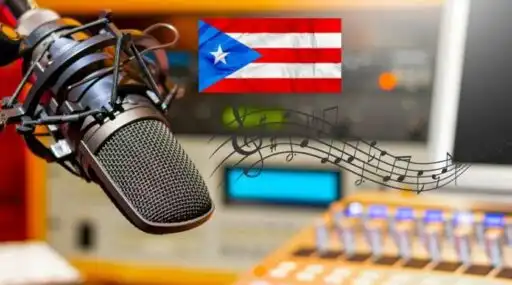
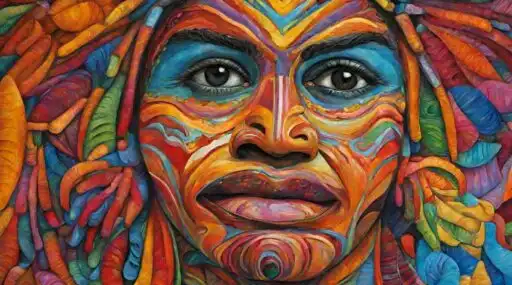




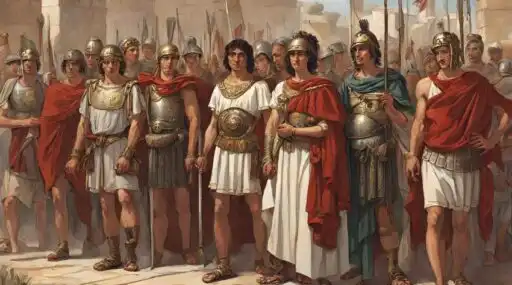







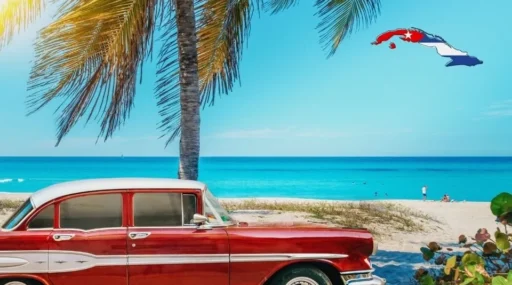

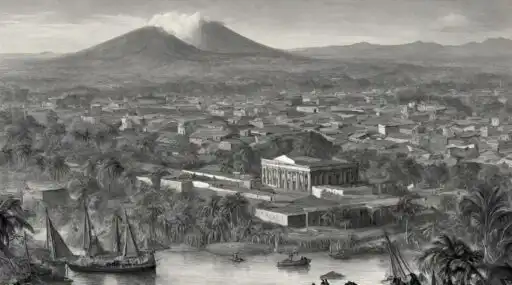
Leave a Reply